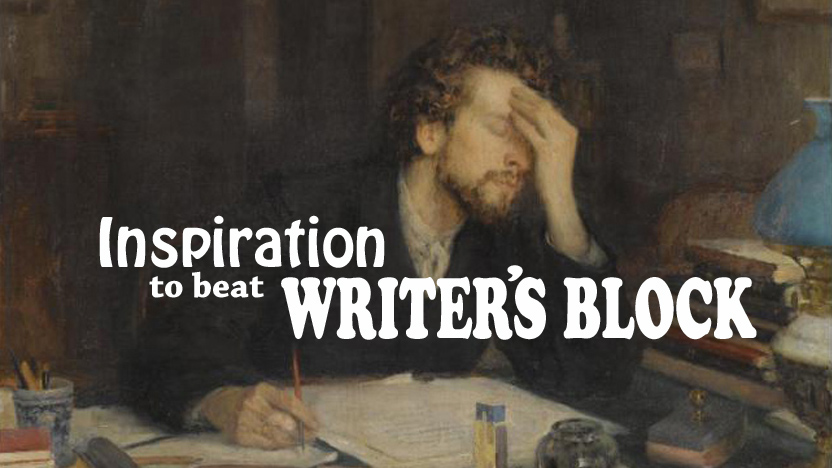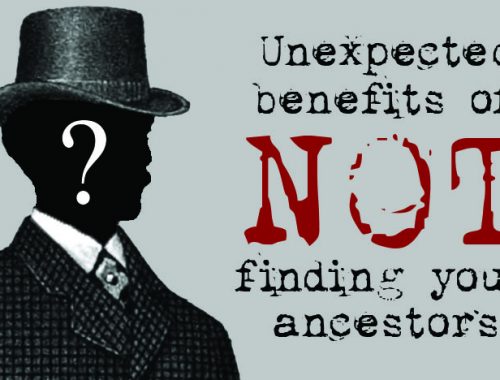It can be difficult to get your family interested in history. It can be difficult to relate to, since these figures are often just names on a page or untouchable figures without flaws. Or, it may be difficult for some to understand why learning history is relevant. But we promise that history can be fun for any age! These are our tips for bringing history into focus and understanding it at any age.
Use Media to Teach
It may be simplified or less than accurate, but finding movies, television shows, or musicals based on historical people or events is a great way to spark interest in history. Take the hit musical Hamilton, for instance. Since it rose to acclaim in 2015, high school history teachers have been using parts of it in their classes. And because of the relatable nature of the characters and plot, it makes learning enjoyable.
If you’re seeking to teach your family about a specific time or place, find media that helps make it more fun or relatable. Don’t stick only to the big Hollywood blockbusters, either! Check out foreign films or other variations on a story to get different perspectives. History, after all, is multi-faceted and colorful!
Supplement your media with books or articles (or other media, like podcasts or online video series) that include facts. This especially will help your family understand the historical side of the story and what’s missing from these adaptations.
Tell Stories
Stories are the best way to make a piece of history relatable. That’s why movies and books based on historical events can be so effective in schools. They humanize historical figures and make them seem like people instead of names or statues. Whether you’re trying to generate interest in a historical figure or in your own ancestors, be sure to tell stories that would interest your kids. Find something funny or daring to share, and you should have their full attention.
Museum Trips
If you live near a museum or historical site, take your family to visit! Make history tangible and real for them by showing them documents and artifacts. Find a museum suitable for the ages of your children so that they can engage with the trip. Proving that these items belonged to real people and letting them see for themselves can make history seem that much more relatable.
Should you be unable to find a museum, or the only ones nearby aren’t accommodating to young children, try finding images of the items that might interest them online. Or, in the case of documents, you may be able to find replicas, such as copies of the Declaration of Independence.
Make it Current
History tends to repeat itself. You can combine an interest in the past with the present to help increase understanding. You might look at immigration, or how different groups have been able to get their rights through the years. Or, you might compare wars of the past with the ongoing wars today. If your family can find more recent comparisons to know the past, or using well-known examples to understand our world today, you may help them become more involved or more interested in current events.
How have you helped your family get interested in history? We’d love to hear from you!


